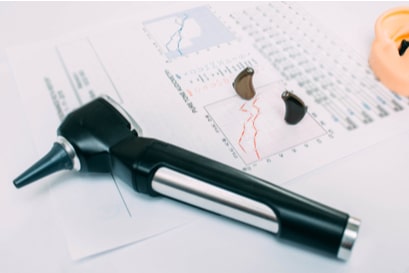According to the National Council on Aging (NCOA), falls are the leading cause of fatal and non-fatal injuries for older Americans. Falls present a serious threat to an individual’s safety, health, and independence. That said, falling should not be viewed as an inevitable result of aging. With education and specific preventive measures, falls can be dramatically reduced.
Here are some facts:
- One in four Americans aged 65+ falls each year.
- Every 11 seconds, an older adult is treated in the emergency room for a fall; every 19 minutes, an older adult dies from a fall.
- Falls are the leading cause of fatal injury and the most common cause of non-fatal trauma-related hospital admissions for older adults.
- Falls result in more than 2.8 million injuries treated in emergency departments annually, including over 800,000 hospitalizations and 27,000 deaths.
Your risk of falling increases when you have:
- Fallen before
- Balance problems
- Chronic conditions such as arthritis
- Depression
- Hazards in the home
- Multiple medications
- Memory problems
- Muscle weakness
- Difficulty walking
- Hearing difficulty
- Vision loss
What is Dysequilibrium?
Dysequilibrium refers to a loss of balance caused by changes, or damage one, or more of the equilibrium sensory systems, which are the eyes, inner ear, and proprioceptors (movement and position receptors throughout the muscles, tendons, and joints). Patients experiencing dysequilibrium can experience a loss of surefootedness, difficulty walking without touching walls or objects around them, or trouble changing surfaces, like transitioning between tile and carpet.
How do you reduce your risk of falling so you can stay independent, healthy, and strong?
- Get a fall assessment
- Talk with your healthcare team about your fall risk, especially if you have any of the conditions listed above.
- Review your medications
- Bring all your medications, vitamins, and supplements to your healthcare provider at least once a year and when there are changes to your health.
- Ask about side effects and interactions, especially if you take four or more medications.
- Have your hearing checked
- Untreated hearing loss is linked with balance difficulties. Have your hearing checked every year by your Doctor of Audiology.
- Have your vision checked
- Have your vision and eyeglass prescriptions checked every year by your optometrist.
- Place nightlights in your home so you can always see where you’re walking.
- Use increased wattage light bulbs, but be careful not to add excessive glare.
- Engage in regular physical activity
- Ask your physician about the types of physical activities that would be appropriate for your current health status.
- Doing strength, balance, and mobility exercises can reduce your risk of falling.
- Assess your home and make changes for safety.
- Use a home safety checklist or talk with a professional to look for things inside your home that make you more likely to fall.
- Make modifications in your home to make it safer – reduce clutter, improve lighting in rooms, hallways, and stairwells, and install handrails and grab bars.
- Be mindful of your pets and their toys, water/food bowls, or other objects.
- Remove throw rugs that can pose a risk to tripping.
- Arrange items in your cupboards or closets so they are easy to reach and you don’t need a step stool to reach frequently used items.
- Slow down and modify your habits
- Always move at your own pace.
- Use the bathroom often to avoid needing to rush, and always remember to go before bed.
- Wear appropriate footwear that fits you well. Avoid slippers or flip-flops.
- Limit alcohol or avoid it altogether. You should be especially careful to avoid alcohol in combination with medications or while you are alone.
Avoid excessively long or loose-fitting clothing that can trip you or get tangled.
Fall Prevention FAQs
What injuries can you get from falling?
What is a fall prevention program?
What are the 4 methods of fall protection?
What is a fall prevention device?
What is the primary goal of fall prevention?
How can we prevent elderly from falling?
How can we prevent falls in the elderly?
How can we prevent falls?
What is the most common form of fall protection?
Where do seniors fall the most?
Schedule a Consultation
Dysequilibrium is a disorienting experience in every way, and a difficult condition to live with. Fortunately, The Doctors of Audiology at NYHD are here to help. We can assess your symptoms, diagnose the causes, and create a personalized treatment plan with the equipment and knowledge you need to lead a happy, balanced life. To schedule an appointment with our Doctors of Audiology, contact our New York City office by calling (212) 774-1971 or filling out our online form.




